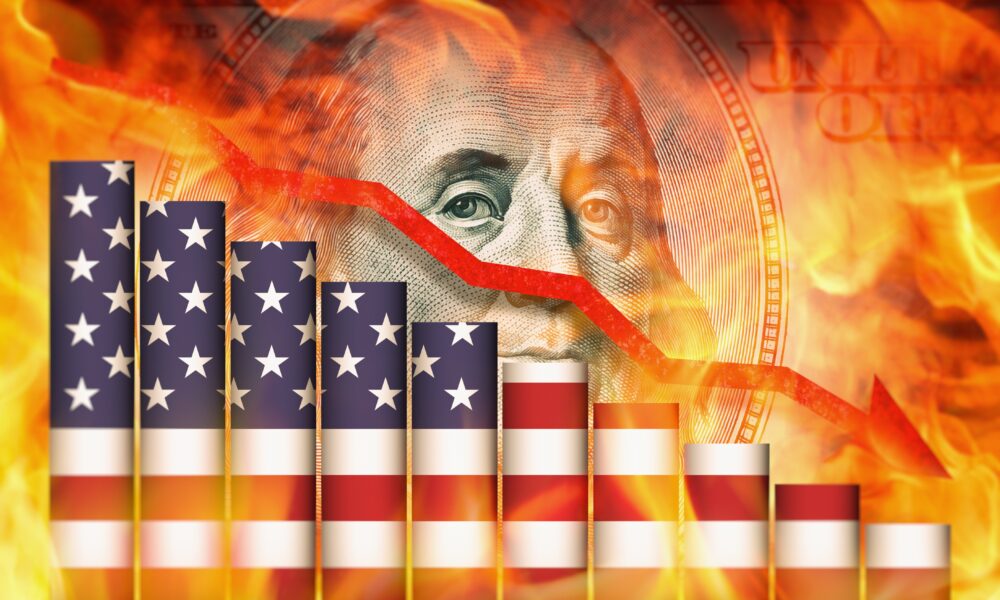Sentiment amongst United States consumers continues to spiral downhill, according to a team of Jefferies Equity Research analysts. Their monthly findings were published in an October 1 investor note. The report pulled no punches. “The latest readings were dragged down by personal finances and future business conditions, suggesting real immediate pain,” the Jefferies team wrote.
To their usual economic indicators, Jefferies analysts added market-based labor data. Their conclusion was, “The employment picture is continuing to soften.” And the bad news didn’t stop there. “On spending, we flag continued weakness in discretionary, which is falling below year-ago levels for all income cohorts.”
Analysts wrote that their findings were the lowest since April. The trajectory of sentiment is still weak. However, all indicators are in the negative this time.
“The decline in the latest data was largely caused by falling current personal finances and future business conditions, suggesting that U.S. consumers are both experiencing current pain and anticipating a worsening economic backdrop,” Jefferies found. “We note that this coincides with worsening labor market data.”
The one bright spot was a late-August uptick in current buying conditions. The analysts were unsure whether this was reflective of a leveling off in prices or a reaction to interest-rate cuts by the Federal Reserve.
Given current turmoil at the Bureau of Labor Statistics, Jefferies analysts attempted to fill the gap with their own data. For American adults, the labor market was seen to have improved for a full year. However, September brought a break in that trend and pay loss was the worst since 2022.
Highly educated prospective employees were said to be faring well. So were adults in the 35-54 age spectrum. But there was a “significant worsening” of prospects for 18- to 24-year-old workers and for those over the age of 75.
While spending on staples was said to be robust, discretionary outlays were termed rickety. While consumers’ pivot toward staples was two percent greater, “average discretionary spending at the panel average seems likely to fall below the year-ago summer nadir.”
The analysts continued, “It’s still too soon to interpret this as a sign of consumer exhaustion,” offering that it might be a post-Labor Day deceleration. Still, they admitted concern over a slowdown in consumer spending to levels below those of 2024.
Inflation was said to be to blame. “With staples spending growth still the highest for the lower-income cohort, we retain the belief that price increases for these purchases are taking a toll on discretionary category capacity,” Jefferies summarized.
Consumer pessimism is a bipartisan phenomenon. Both Democratic and Republican survey respondents were down on the economy, although non-affiliated voters were relatively positive.
Millennials and Generation Z consumers are also in the dumps, posting some of their worst levels of sentiment in four to five months. Gen Z was its most pessimistic in a year, while Millennials retreated to the lows they manifested when the White House announced widespread tariffs.
Restrictions and new fees for visas were contributing to depressed sentiment among highly educated consumers. Their sentiments plunged seven points in a single month.




